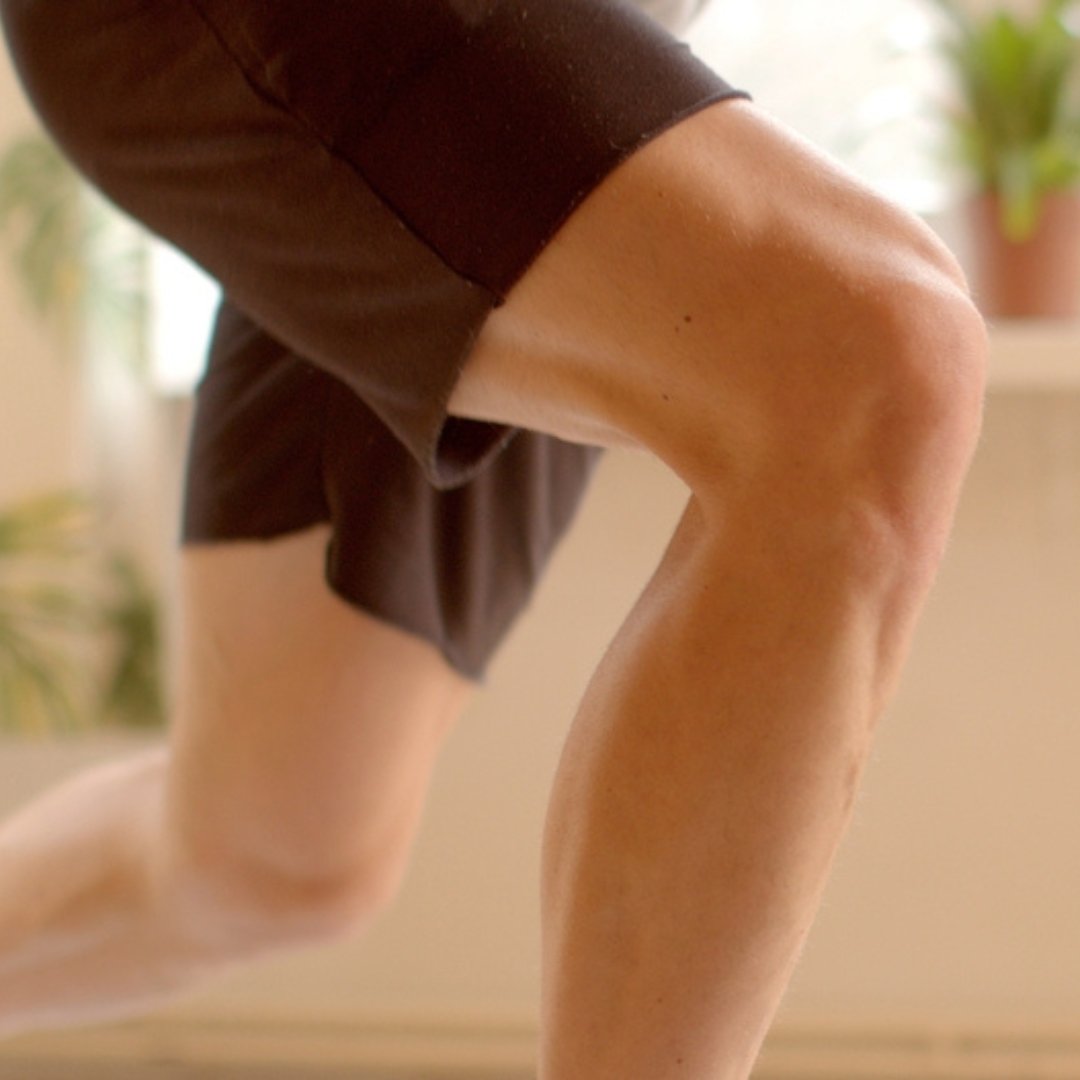
How Soon Should You Go Back to Driving After Knee Replacement Surgery?
Driving after knee replacement surgery? Learn when it’s safe to return to the road and how to manage stiffness, pedal control, and long-drive comfort.
If you've ever had to give up your car keys for more than a few days, you know how much independence is wrapped up in the ability to drive. So naturally, one of the first questions people ask after total knee replacement surgery is: "When can I drive again?" The answer isn’t the same for everyone, but it’s one of the most important milestones in your total knee replacement recovery journey. And it's not just about driving. It's about walking comfortably, returning to work, taking the stairs without hesitation, and getting back to the life you want.
As a physical therapist, I help people reach these goals every day, and today, I'm walking you through what you can expect.
Driving readiness depends on a few factors. First, which leg had surgery? If it’s your right knee, the timeline is typically longer because that leg controls the gas and brake pedals. If it’s your left knee and you drive an automatic car, you may be ready sooner.
But regardless of which leg is involved, a few non-negotiables must be met:
For many people, this happens around 4 to 6 weeks after surgery, but that range can vary. Some are ready sooner, and some need more time. Your surgeon and physical therapist will be able to help assess your readiness.

Getting back on your feet is the first big win. In the early days after total knee replacement surgery, you might use a walker or crutches. But as your strength and balance return, we aim to transition you to a cane and eventually to walking unassisted.
Most people walk independently within 2 to 4 weeks. One of my biggest concerns is the persistent limping I see in many patients. They often tell me they’re walking every day and increasing their distance, only to realize they’re still walking with a limp. In this stage of recovery, practicing proper form is far more important than covering long distances. If you're still limping, don’t ditch the cane just yet, you’ll only reinforce a bad habit that will be much harder to correct later on.
Be cautious with uneven surfaces is key during this stage, a fall is the last thing we want during recovery. You’ll also want to focus on core strength and balance, which are two underrated components in knee replacement recovery.
Your timeline for returning to work depends on the type of job you have. If you have a desk job and can sit comfortably, some folks return in 3 to 4 weeks. But if your work involves standing, lifting, or navigating stairs frequently, it might take 6 to 12 weeks or more.
You’ll want to be sure you can sit and stand for extended periods, walk safely, and take breaks to stretch or elevate your leg if needed. A physical therapist can help you build a plan that supports your workday. I also recommend getting your surgeon’s approval before returning to work.
This one takes time. Stairs require not just strength but coordination and confidence in your new knee. Many people learn the classic "step up with the good leg, down with the bad leg" technique in early recovery, then work toward normal stair climbing.
Depending on your progress, you might manage a few stairs within 2 to 3 weeks, but full confidence and smooth motion can take 8 to 12 weeks. We often use stair drills in physical therapy to rebuild trust in your leg. Also, keep in mind that going upstairs is typically easier than going down, descending will come later in your recovery.
Here’s a lesser-talked-about milestone: restful sleep. It’s common to have interrupted sleep for the first few weeks due to swelling, pain, or trouble finding a comfortable position.
You can support better sleep by:
Most people notice improved sleep by the 6-8 week mark, although occasional discomfort can linger for a while.

You might hit one milestone faster and another slower. That’s normal. Some days you’ll feel like you’re sprinting toward your goals, and other days you might feel like you’re barely limping forward.
The important part? Keep moving, keep showing up, and lean into the support that works for you.
You don’t have to guess your way through total knee replacement recovery. Programs like GoKnee offer a full post-surgical plan you can follow at home. GoKnee includes guided videos, progressive exercises, and a unique tool that mimics the hands of a physical therapist to help you stretch and mobilize your knee safely at home every day.
Whether you're aiming to drive again, climb stairs with ease, or simply walk without a limp, GoKnee gives you the structure and tools to stay on track. And because you can do it at home, it fits right into your real life.
Total knee replacement recovery isn’t just about surgery, but about milestones. Driving again. Walking without limping. Sleeping through the night. Returning to work. Climbing stairs. Reclaiming your life, step by step. Some of these milestones will come sooner than others. Some may take a little longer. But each one is a meaningful marker of your strength, determination, and progress.
Keep going. Keep showing up for yourself. And remember: every step forward is a win. Good luck on your knee journey!
Good knees start here. Don’t miss a step, subscribe to KneeMail for free tips from knee expert Shehla Rooney, PT!

Driving after knee replacement surgery? Learn when it’s safe to return to the road and how to manage stiffness, pedal control, and long-drive comfort.

Protect your knee health with lifestyle tips, exercises, and therapies that help prevent degeneration and support long-term joint comfort.

Sex after knee replacement surgery is safe with the right timing, tips, and support. Learn how to return to intimacy with confidence.

Learn how neuromuscular training improves knee stability, balance, and proprioception to support joint health and prevent injuries.

Learn why knee stiffness isn’t only caused by aging and discover strategies to ease pain, improve mobility, and support long-term knee health.